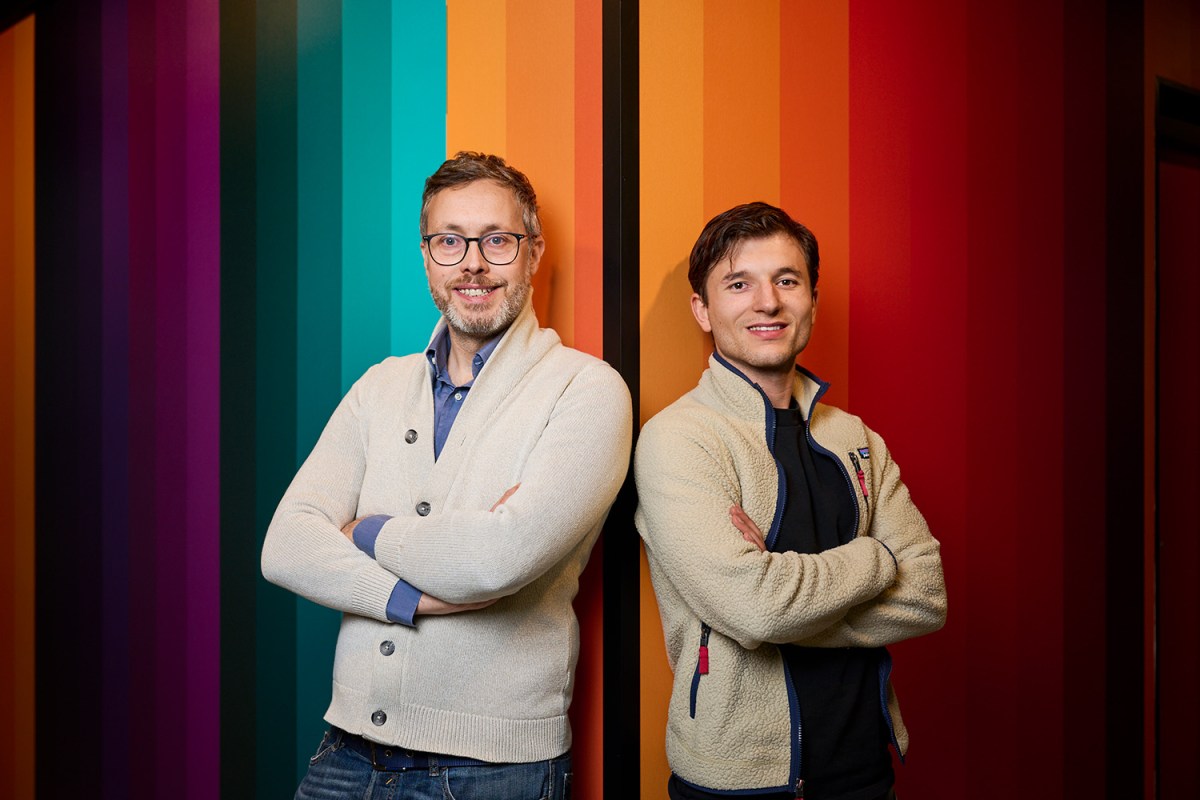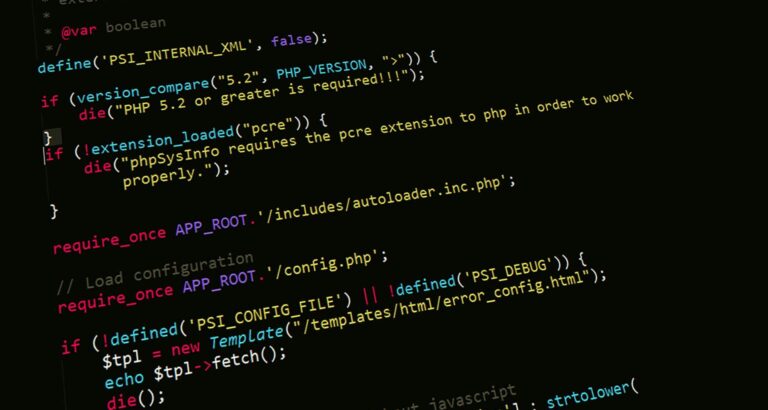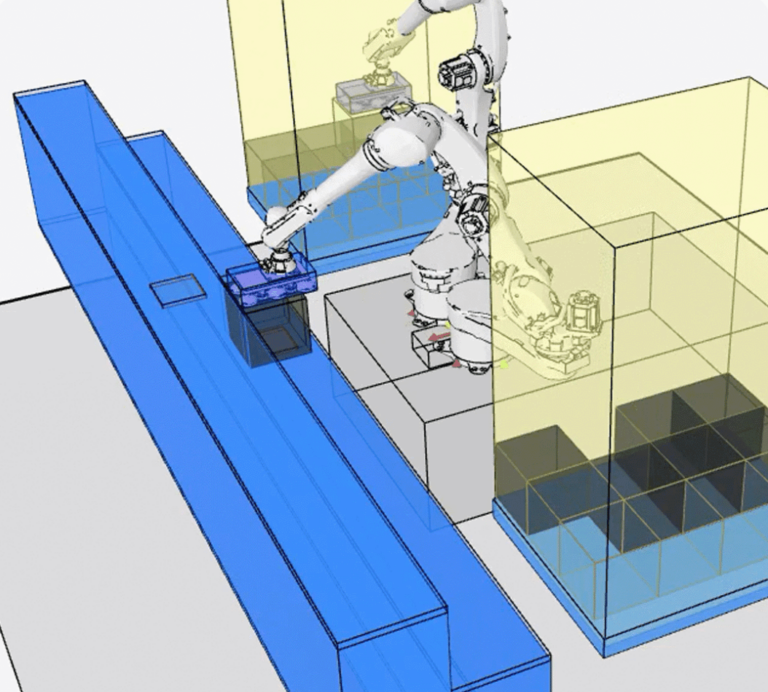QuantWare: Accelerating the Future of Quantum Computing in the Netherlands
In the rapidly evolving landscape of quantum computing, quantum chips are making waves as major tech firms and innovative startups vie for supremacy. Recently, Amazon Web Services unveiled Ocelot, Microsoft introduced Majorana, and Google debuted Willow. While these advancements are significant, quantum startups like Dutch-based QuantWare are paving the way with practical solutions that enhance quantum processing capabilities.
Introducing QuantWare: A Leader in Quantum Technology
Founded in 2020, QuantWare has quickly established itself as a prominent player in the quantum computing arena, claiming that its hardware powers quantum computers across 20 countries. The startup’s flagship product, VIO, is designed to tackle scaling challenges in quantum processing units (QPUs).
The Importance of Qubits in Quantum Computing
In the quest for quantum supremacy, the number of qubits—quantum bits—is crucial. Integrating more qubits on a single chip proves more efficient and less error-prone than connecting multiple smaller systems. According to CEO Matthijs Rijlaarsdam, QuantWare’s innovative 3D chip architecture, VIO, is “the missing link in scaling up QPUs.”
Funding and Growth: Solidifying Its Position
QuantWare has successfully raised a €20 million Series A round (approximately $19.27 million), which includes a €5 million equity portion from a previous funding round supported by the European Innovation Council. This funding round was co-led by the Dutch state-owned Invest-NL Deep Tech Fund and regional agency InnovationQuarter, reinforcing QuantWare’s status in the Netherlands’ burgeoning quantum ecosystem.
Technological Advancements and New Products
The newly acquired funds will enable QuantWare to expand its team and enhance its technology. Notably, the startup recently announced the acceptance of preorders for Contralto-A, its inaugural QPU designed for quantum error correction. This product aims to improve upon existing solutions, boasting a size that is “almost twice as large as competing options currently available.”
Strategic Paths for Commercialization
As the competition heats up among tech giants striving for the largest QPUs with the most qubits, startups face the challenge of making quantum hardware commercially viable. QuantWare is pursuing two main strategies:
- Distributing its own designed QPUs
- Offering access to its technology through its Foundry and Packaging Services
The funds will facilitate further development of VIO and expansion of its chip fabrication facilities, allowing QuantWare to cater to a broader audience, including well-funded quantum startups like Alice & Bob, which recently secured $104 million in funding.
Collaborative Efforts and Future Prospects
Collaborations are key in the quantum landscape. Notable partnerships include those with Quantum Machines, which raised $170 million, and SEEQC, which announced $30 million in funding. Together, these companies are working on developing advanced technologies and products that push the boundaries of quantum capabilities.
The Road Ahead: Quantum Solutions for Real-World Problems
While it remains uncertain which company will realize a million qubit system first, Microsoft’s Majorana announcement suggests that significant advancements are on the horizon. Rijlaarsdam emphasizes that quantum computing holds the potential to address complex, industrial-scale challenges that traditional AI systems cannot solve. Examples include:
- Creating better materials
- Discovering new catalysts to breakdown microplastics
- Enhancing the sustainability of fertilizers
For QuantWare, the focus is not solely on who develops the most advanced systems. Instead, with VIO, the goal is to accelerate the realization of transformative quantum technologies.
For more insights into the exciting developments in quantum computing, visit our Quantum Computing Articles section.







